Why can't I drill into the exterior wall from outside?
menk
9 years ago
Related Stories
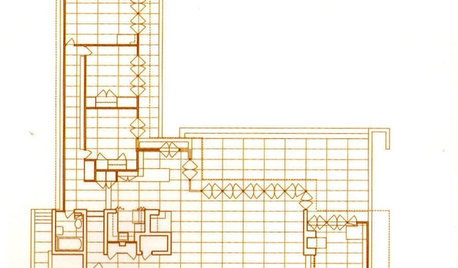
REMODELING GUIDESSee What You Can Learn From a Floor Plan
Floor plans are invaluable in designing a home, but they can leave regular homeowners flummoxed. Here's help
Full Story
DECORATING GUIDESWhat We Can Learn From the Minimalists
Discover the power of simplicity and how to employ a less-is-more approach in your decorating scheme
Full Story
DECORATING GUIDES9 Lessons We Can Learn From Drawing Rooms
Let these formal rooms inspire you to create entertaining spaces that encourage conversation, music and games
Full Story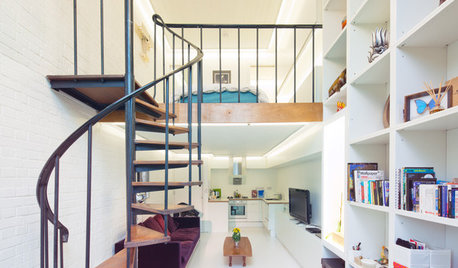
REMODELING GUIDESAsk an Architect: How Can I Carve Out a New Room Without Adding On?
When it comes to creating extra room, a mezzanine or loft level can be your best friend
Full Story
LIFEYou Said It: ‘Just Because I’m Tiny Doesn’t Mean I Don’t Go Big’
Changing things up with space, color and paint dominated the design conversations this week
Full Story
WINDOWSGet the Story of Wonderful Windows From Both Sides
Consider the ins and outs of these unusual glass architectural features to see how marvelous windows can be
Full Story
KITCHEN DESIGNTrending Now: 25 Kitchen Photos Houzzers Can’t Get Enough Of
Use the kitchens that have been added to the most ideabooks in the last few months to inspire your dream project
Full Story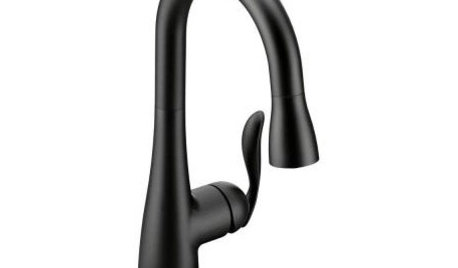
PRODUCT PICKSGuest Picks: 19 Kitchen Upgrades for When You Can't Afford an Overhaul
Modernize an outdated kitchen with these accents and accessories until you get the renovation of your dreams
Full Story
PETS5 Finishes Pets and Kids Can’t Destroy — and 5 to Avoid
Save your sanity and your decorating budget by choosing materials and surfaces that can stand up to abuse
Full Story
HOUSEPLANTS8 Houseplants You Can't Kill
They're forgiving and let you forget. Houseplants don't get any easier than this
Full Story





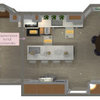

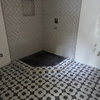
grubby_AZ Tucson Z9
Joseph Corlett, LLC
Related Professionals
Commerce City Kitchen & Bathroom Designers · Henderson Kitchen & Bathroom Designers · La Verne Kitchen & Bathroom Designers · Olympia Heights Kitchen & Bathroom Designers · Avondale Kitchen & Bathroom Remodelers · Fort Pierce Kitchen & Bathroom Remodelers · Hawthorne Kitchen & Bathroom Remodelers · Bel Air North Interior Designers & Decorators · Middle Island Interior Designers & Decorators · Queens Interior Designers & Decorators · Athens General Contractors · Evans General Contractors · Flint General Contractors · Makakilo General Contractors · Millbrae General ContractorsmenkOriginal Author
hippy
menkOriginal Author
millworkman
worthy
Bruce in Northern Virginia
menkOriginal Author
menkOriginal Author
menkOriginal Author